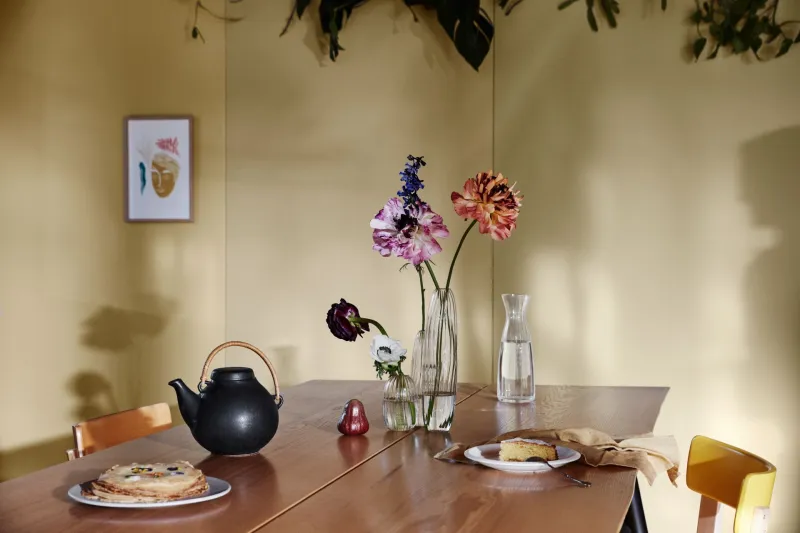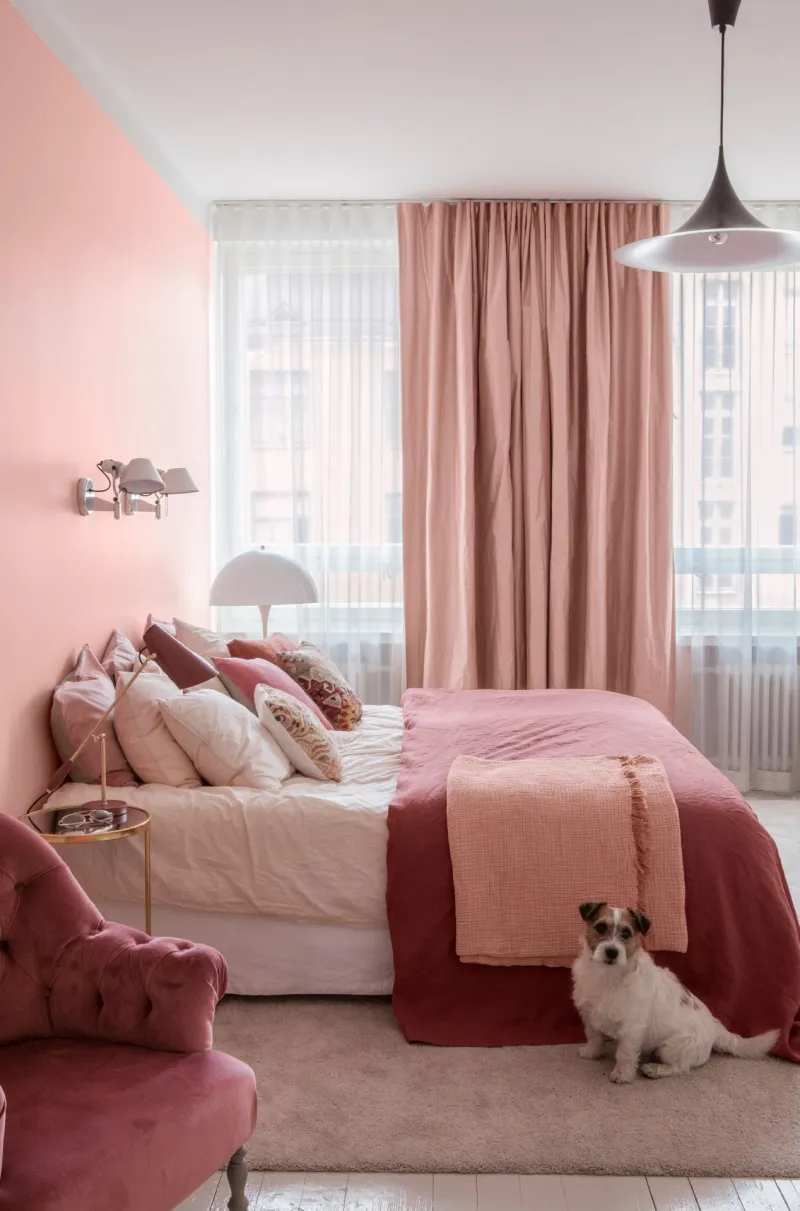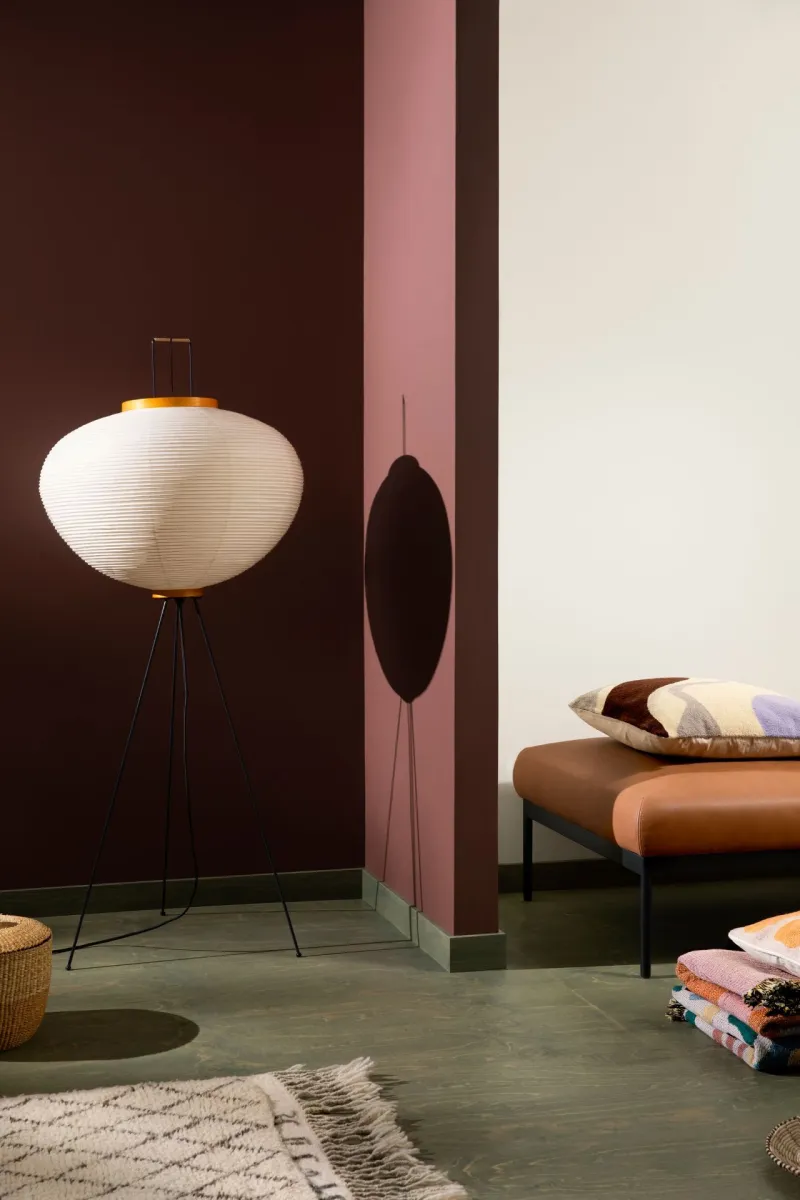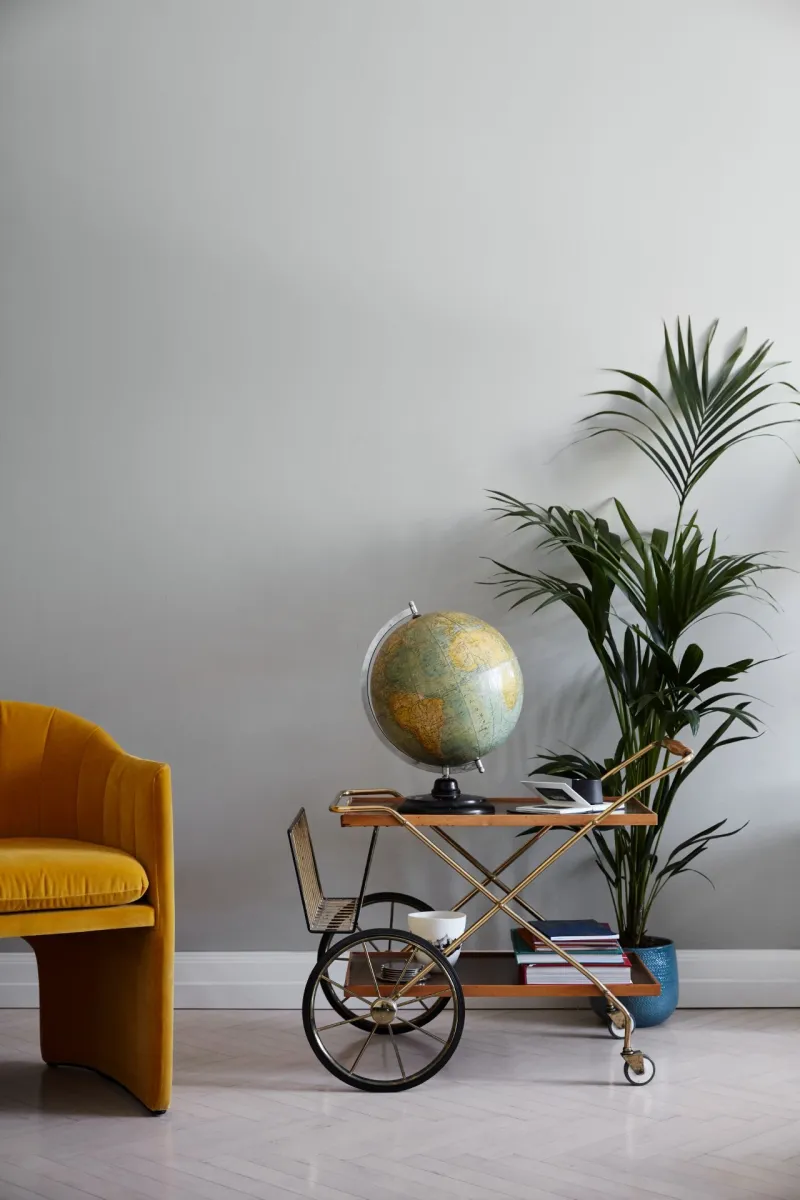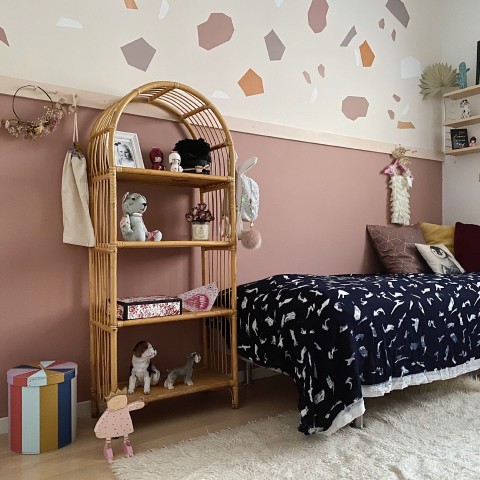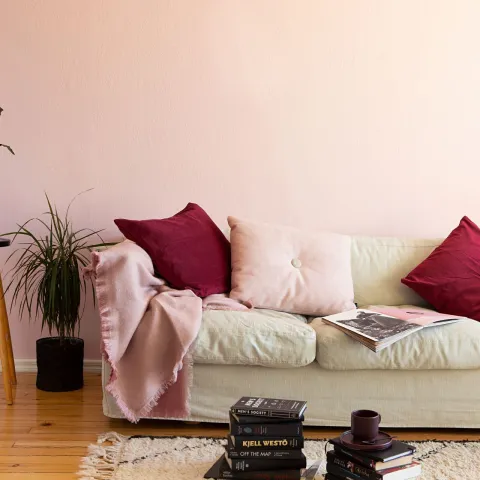Creating colorful home without a single white wall
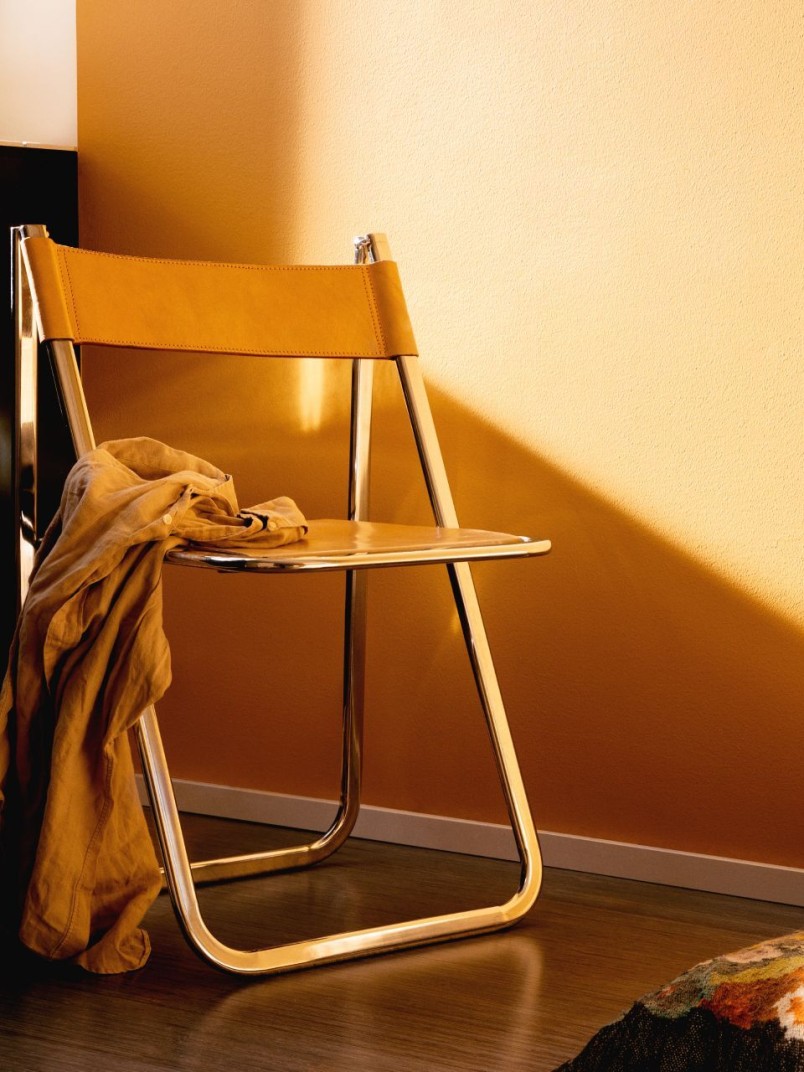
It is easy to go for white walls: it’s timeless and works with everything. We expect a lot from white, and it seems self-evident when it comes to home walls. It’s easy to be a fan of white, but there is something alluring about a home with colours. Colours bring confidence and positive vibes to the space, and make your home come alive.
White is often overrated as a neutral and timeless shade. Choosing a colour can lift the look of an entire home. How does one create a home interior without a single white wall?
Light up rooms with colours
When choosing the paint, it is essential to consider the light in the room. Despite the fact that we are taught that white creates a lighter space, it is not automatically true that it will make the room feel bigger and brighter. Instead, white walls might make a room feel a bit flat.
Think about the sunlight that enters the room during the daytime and choose the paint shade that highlights the feeling of the natural light. In this image the yellow shade H456 Straw gets a beautiful atmosphere with the light and shadows in the room.
Remember that every space doesn't need to feel big, but you can make them vivid by choosing a colour. Try, for example, a neutral colour, like J484 Castle, to add an energetic atmosphere to the space.
Take a step to colourful walls with soft and earthy shades
Pastels and pale shades are a great way to gently introduce colour to your home. If you are too intimidated to go immediately to bright colours, try soft and pale shades like H405 Doll, X381 Aloe or an accessible beige like K480 Tamarix.
The key is to find a shade that makes a harmonious space. Soft colours create a fresh and modern look that you can use as the base colour of the whole room, like in this image with the wall colour H320 Magnolia.
Lift your walls with brighter colours
If you are ready to go bold, try bright colours to create a unique, vivid, creative home. You can pick a shiny yellow, like J302 Banana, for your kitchen, a bold sage green, like L447 Sepal, for the living room or hot pink, like S329 Fresia, for the entrance.
If you don't want to go all colours, combine a brighter shade with earth-neutral colours. To bring elegance to the room, consider darker earthy shades; try, for example, L478 Kestrel.
Two or more colours in a room
Try using two or more colours in the same room and choose a continuous element, such as an architectural element, to provide continuity throughout the home. Always when working with more than only one colour, it is crucial to try beforehand how they work together. A good rule is that contrasting colours highlight each other beautifully.
When you pick multiple colours in a single room, you can try elements such as colour blocks and panels to play with the colours.
Natural grey is a versatile shade
Don’t forget about greys because they are hugely versatile. Grey can be warm, like X487 Plaster or cold, like L498 Homespun. It can have an edgy modern hint, a soothing effect or an energising power. Also, grey folds into different colour shades from blue and violet to green and yellow.
The wall colour H495 Tuft folds into green in the image as a combination of the green plant and yellow chair in the room. Use our colour chips or buy a small can of paint to test the colour beforehand. Remember that if you are too intimidated by bright colours, grey is neutral enough to last over the years.
Tips to add colour to your walls:
1. Think about the light that comes to the room
Light is an essential part of the wall colours. Light, whether natural or artificial light, modifies how each colour looks. Always test with colour chips or by buying a small sample of paint how a colour looks in the room at different times of the day.
2. Use bright colours as an accent
Using bright colours bring positive vibes to a room, but if you are unsure whether you want to cover an entire wall with colour, try using it as an accent to make the room alive.
3. Match your wall colours with your furniture
Pay attention to the colours of your furniture and think about a combination that will bring you a sense of comfort. If you want to make a more significant change, you can also paint your furniture in new colours to match your wall colour. Remember to choose the right paint for the materials of your furniture, such as Helmi 10 for wooden and chipboard furniture.
4. Mix neutrals with brighter colours
Neutrals and mid-brown tones are a perfect match to mix with brighter colours. If, for example, your furniture is wooden, let the walls shine with bright colours.
